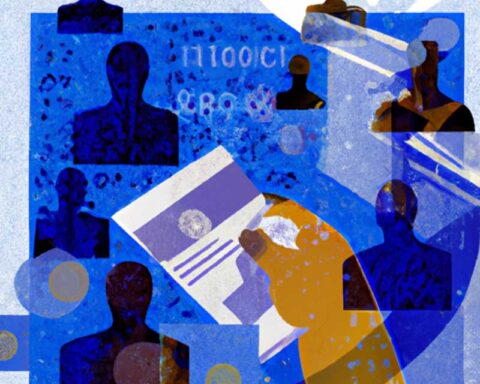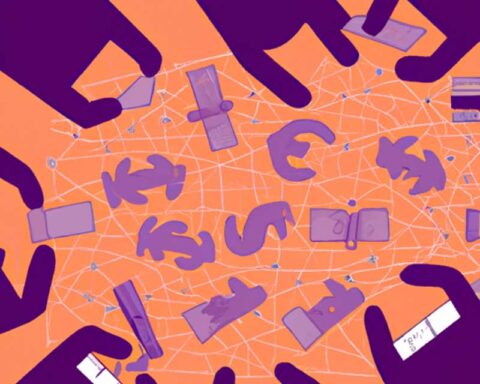TLDR:
- The insurance industry is facing challenges with shallow and deepfakes created using AI.
- AI can help identify fake materials, but insurance carriers still need to verify documents for inconsistencies.
The article discusses the impact of shallow and deepfakes on insurance claims. Rajesh Iyer from Capgemini emphasizes the need for insurance carriers to verify documents due to the rise in AI-generated fake materials. A report from Coalition also highlights how phishing emails crafted with AI are becoming harder to detect, posing challenges for insurers. Shelley Ma from Coalition Incident Response mentions the use of deepfakes to extort money from policyholders, emphasizing the need to combat this trend.
Scot Barton from Carpe Data mentions the importance of using AI to battle AI in identifying fake images. He discusses the use of AI-powered tools to analyze patterns in claims and accurately differentiate between real and manipulated images. Iyer also suggests automating corroboration using generative AI to enhance document verification processes.
The article concludes by stressing the importance of additional scrutiny in today’s world where fake materials are becoming more convincing. Education about the risks of trusting fake documents and images is crucial for insurance carriers. Overall, the rise of shallow and deepfakes poses a significant challenge for the insurance industry and highlights the need for enhanced verification processes and AI-powered tools to combat fraudulent activities.









